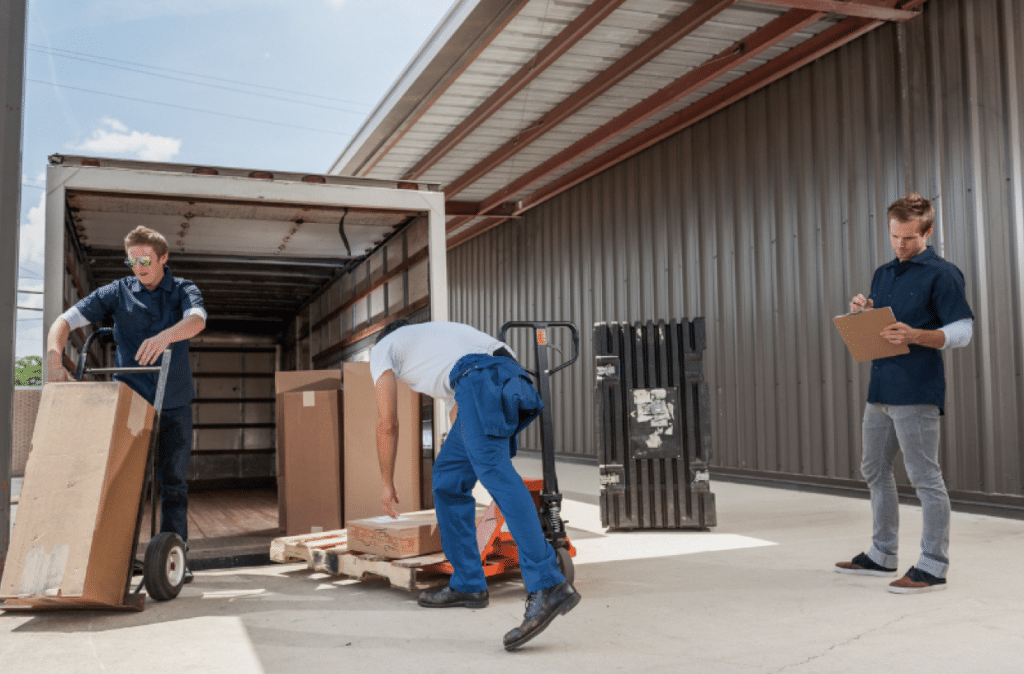Loading a truck is a complex process involving proper cargo arrangement, space optimization, weight limit adherence, and safety during transport. To efficiently and safely load a truck, it’s essential to use advanced software tools and follow best practices. This article will focus on the key steps for properly loading a truck and the essential tools that facilitate this process.
Load Distribution
One of the most critical aspects of truck loading is the proper load distribution. This process involves arranging the weight to be evenly distributed across the vehicle’s axles, minimizing the risk of tipping, and ensuring the vehicle’s stability during transit. Proper distribution also helps comply with regulations on maximum axle load and overall weight, preventing fines and avoiding delays due to repeated weighing.
To optimize load distribution, various software tools can be utilized that allow precise calculations of the center of gravity and weight distribution across individual axles. These tools often consider federal axle load regulations, which is especially important when transporting heavy cargo.
Space Utilization Optimization
Efficient use of the available space in a truck is crucial for maximizing capacity and minimizing transportation costs. Truck load optimization software tools allow for the simulation of various loading scenarios, ensuring that the cargo is not only securely stored but also optimally arranged to make use of every inch of space.
These tools are particularly useful for organizing the loading of diverse goods, each requiring unique handling and storage. For instance, heavy and uniformly shaped items should be placed on the vehicle’s floor for stability, while lighter and more delicate items are best positioned on top.
Types of Loads and Their Planning
When planning the loading process, it is also important to consider the type of cargo being transported. There are two main types:
● Full Truck Load (FTL)
● Less Than a Truck Load (LTL)
A full truck load means that the entire truck space is utilized for a single shipment, which is ideal for large-volume transport. On the other hand, a less-than-truck load involves multiple shipments from different customers sharing the truck space, requiring careful planning to prevent damage during unloading.
Using Truck Load Boards
Truck load boards are platforms that connect carriers with customers who need to transport their cargo. Through these online tools, carriers can find suitable loads based on parameters such as:
● Type of material,
● Weight,
● Volume,
● and cooling requirements.
Some advanced platforms also offer automated load matching, saving time and increasing the efficiency of the transportation process.
Cargo Tracking and Transport Management
Another crucial element in truck loading is tracking the cargo during transportation. Modern cargo tracking software allows carriers and customers to monitor the truck’s location in real time. This software often includes route optimization features, which can lead to fuel savings and reduced emissions.
Safe Transportation of Goods
Properly loading a truck is essential for safe and efficient transport of goods. The use of modern software tools enables effective planning and optimization of the loading process, leading to cost reduction, risk minimization, and improved overall efficiency in transportation. With the increasing demands on logistics and freight transport, investing in these tools is not only a smart decision but also crucial for success in a competitive environment.

